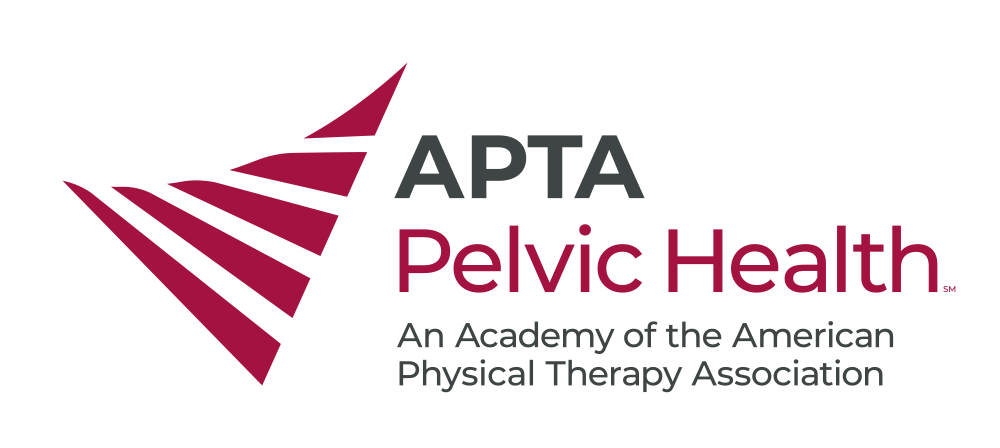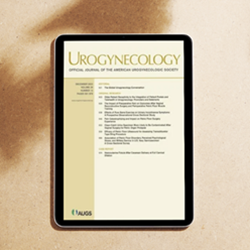Entry-Level DPT Course Curriculum Guidelines
Digital Products
Background & History
This document is based on survey research conducted by a task force of the Academy of Pelvic Health Physical Therapy (APTA Pelvic Health). This survey was provided to all United States academic physical therapy programs and to all members of the Academy in 2012. This document is an attempt to assist United States physical therapy programs with what women´s health content should be included in professional (i.e., entry-level) programs of study for the physical therapist student. This document is a guideline only; it does not carry any regulatory weight and is not an official publication of the Commission on Accreditation in Physical Therapy Education (CAPTE), nor the American Physical Therapy Association.
The Academy is providing this guideline to all accredited physical therapist programs in the United States to assist in curricular planning and implementation in the area of women’s health. This is an updated version of the ‘Guidelines for Women’s Health Content in Professional Physical Therapist Education’, first published in 2005.
Format
These Guidelines are presented in electronic lists based on the systems model with links to conditions and an overview of clinical and foundational science content for each system. Bolded content are items specific to Women´s Health unlikely to be covered in the general curricular content.
Each condition template is organized using the patient management model with key content knowledge or skill paired with educational objectives that can be incorporated into the course syllabi. In addition, the content listed denotes a level of competence the entry-level student is expected to achieve. The descriptors are:
1) Familiarity level, `F´, the expectation is that the student gains awareness that this material is part of the scope of practice of a physical therapist practicing in the area of women´s health,
2) Proficient level, `P, a basic entry-level competency level with the expectation is that the student is safe, understands how to apply the material, but will need guidance and practice on clinical internships, and
3) Mastery level, `M´, a more advanced level where the student, upon completion of the didactic portion of the PT curriculum, would demonstrate complete cognitive, affective and psychomotor integration of this material.
The documents within the guidelines are labeled by systems listed below. An advanced practice topics list is also included. This is provided to you to aide in DPT curricular development and to help differentiate specialty practice topics from those that are entry level.
- Cardiopulmonary Systems
- Endocrine System
- Gastrointestinal System
- Immune System
- Integumentary System
- Musculoskeletal System
- Neurologic/Psychological Systems
- Reproductive System
- Urogynecologic System
- Student Mastery and Teaching Strategies Information
- Advanced Practice Topics List
Task Force Members
-
- Carol Figuers PT, EdD, Co-chair
- Patricia Nelson PT, ScD, OCS, FAAOMPT, Co-chair
- Kathleen Alcon PT, MS, WCS, CLT
- Kathleen Anderson PT, PhD, MBA, OCS, FAAOMPT
- Jill Boissonnault PT, PhD, WCS
- Andrea Branas MSE, MPT, CLT
- Mary Dockter PT, PhD
- Ann Dunbar PT, DPT, MS, WCS
- Former Academy Board Liaisons Darla Cathcart PT, DPT, WCS & Carrie Schwoerer PT, OCS
- APTA Research Department




